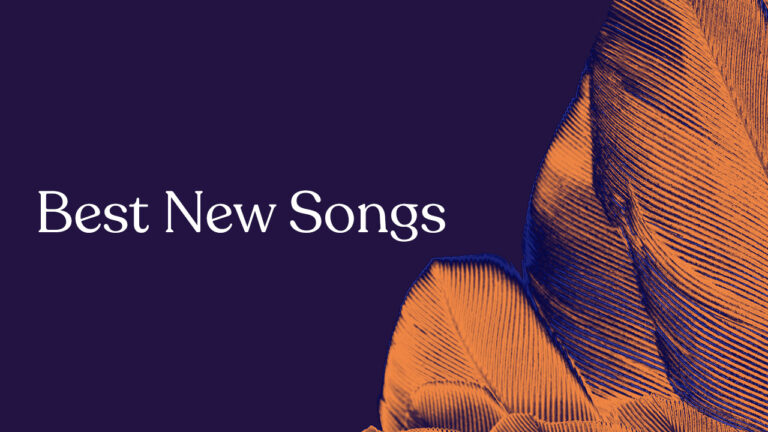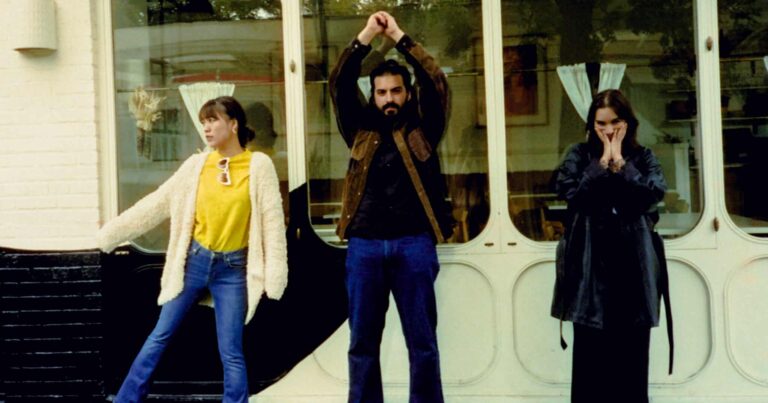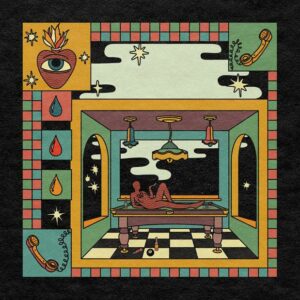Shaving has always been an art form, an obsession for many men. However, many newer, quicker products that help make life more accessible have been produced recently, taking out the fun and enjoyment of shaving. Much like electric cars, this new wave of quick and lack of risk shaving has destroyed a task that can create a great source of satisfaction for those who get truly immersed in the entire experience.
To help those looking to get started in this proper art form or simply add to the arsenal of shaving products they already have, we have made a list of types of shaving products you must have in 2022.
Shaving Brush
Traditional shaving brushes are a tad controversial for vegan-friendly product lovers due to their nature, as many contain badger hair. However, a great brush can enhance your shaving experience vastly. For example, when you soften a brush with hot water and shave with it, you create a rich lather that lifts the beard for a better shaving experience. In addition, an excellent artisan brush will beat any knock-off that can irritate your skin rather than prepare it for a clean and safe shave.
Shaving Cream
Shaving cream is designed to soften beard hairs for leisurely cutting whilst lubricating and protecting the skin from razor burn for an extraordinarily close and comfortable shave. Many forms of shaving cream are available, and most of them require a prominent shaving brush to accompany them. Many great shaving creams will include some of the finest ingredients and offer properties that will help moisturise and anti-age your skin. We’d recommend looking around and finding a cream that suits your skin and smells divine.
Safety Razor
If you haven’t used a safety razor before, you might just be missing out on the whole experience of shaving. This tool will make you feel legendary amongst men, from carefully replacing the blade to slowly shaving and shaping your new fresh beard. It certainly brings the art of shaving back and beats any of its adversaries, promoting a more tedious, more immediate experience that simply doesn’t fit into a gentleman’s lifestyle.
Shaving Oil
One of the key ingredients in keeping safe from ingrown hairs and ugly cuts when shaving is shaving oil. This incredible invention has helped many men to keep their shaved up beards looking clean and ideal for fancy parties and important work interviews. There is plenty to choose from brands like Baxter to Jack Black if you like to keep your beard trim and eye-pleasing for yourself and others.
Shaving Bowls
There are a ton of well-designed shaving bowls that will make your shaving collection funner and your shave more effortless. Shaving bowls are an awesome tool for traditional shaving soaps and creams that require whipping up. Bowls can come with handles and be made out of plastic or simple metal; the design choice will be up to you and your aesthetic.
Beard Comb
If you’re growing a more giant James Harden-Esque beard, then it’s worth considering getting a beard and moustache comb. These combs can come in various sizes and colours, from Tortoiseshell to plain black; you’ll have a superb range of combs to choose from to upgrade your shaving kit.
Stands
Whilst not always necessary, a shaving stand can undoubtedly make your life easier. Stands come in various complexities and can hold your complete shaving kit, your bowl, or simply your razor — depending on your requirements. Moreover, you can match your bowl with the look of your comb and your brush to match your overall shaving kit look.
Face Cloths
Tired of getting spots whilst shaving? Well, one of the few reasons that can happen is due to bad hygiene. If you’re using a used face cloth, you are doing it wrong. Therefore, it’s essential to have a cloth used solely for shaving, always clean and unused. Cloths generally come in cotton, but some are made from materials such as bamboo, silk, and microfiber.
Fragrances
There is a lot of talk on using fragrances straight away after shaving. However, we’d highly recommend only using a fragrance after your skin has settled, as it may irritate it and cause unrepairable damage. This point really stands strong with people with susceptible skin, as an applied fragrance can make your skin red and irritated within an instance, which can cause headaches and itchiness. Nevertheless, fragrances are a great addition to a shaving set; in fact, many fragrances can make and break your shave, as the smell is a prominent factor in how people observe you.
Manicure Sets
Whilst not always associated with shaving, a manicure kit can help keep your beard trim, especially if it is on the longer side. Most importantly, whilst shaving is vital to look pleasing, a manicure set can help enhance your all-around professional look by taking care of your nails.












